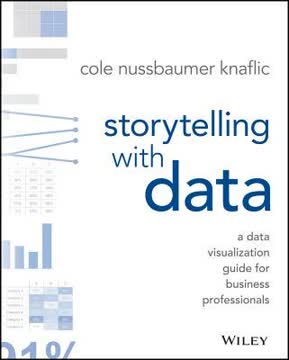Searching...
Top 10 Must-Read Books on Information Architecture
Discover the 10 best books on information architecture that simplify complex concepts and enhance your understanding of effective design and usability.
Book Summaries
How to Get Things Right
Atul Gawande's compelling examination of checklists highlights their importance in managing complexity across various fields. Readers find its insights applicable to both personal and professional contexts.
3 Key Takeaways:
- Checklists are essential tools for managing complexity in high-stakes fields
- Even experts can benefit from checklists to prevent simple mistakes
- Effective checklists are concise, practical, and tested in real-world situations
Donald A. Norman's classic work on design principles emphasizes user-centered design, making it essential for anyone involved in product development. Readers appreciate its insights into everyday usability.
3 Key Takeaways:
- Design impacts everyday life: Make the invisible visible
- Bridge the gulfs of execution and evaluation
- Use constraints and affordances to guide user actions
A Common Sense Approach to Web Usability
Steve Krug's classic on web usability emphasizes intuitive design, making it essential for anyone involved in web development. Its straightforward advice and humor resonate with both novices and experts.
3 Key Takeaways:
- Don't Make Users Think: Design for Intuition and Clarity
- Web Users Scan, Don't Read: Optimize for Quick Comprehension
- Create Clear Visual Hierarchies and Conventions
A Handbook of Agile Software Craftsmanship
Robert C. Martin's essential guide to writing clean code emphasizes best practices for software development. Readers find its practical advice invaluable for improving code quality.
3 Key Takeaways:
- Write clean code that is readable and maintainable
- Follow meaningful naming conventions
- Keep functions small and focused
A Data Visualization Guide for Business Professionals
Cole Nussbaumer Knaflic's guide to data visualization emphasizes storytelling, making complex data accessible and engaging. Readers find her practical advice invaluable for business communication.
3 Key Takeaways:
- Understand your audience and context before visualizing data
- Choose the right visual display for your data and message
- Eliminate clutter to enhance clarity and focus
John Maeda's exploration of simplicity in design offers valuable insights for creating effective user experiences. Readers appreciate its concise presentation of key principles.
3 Key Takeaways:
- Simplicity is achieved through thoughtful reduction
- Organization creates order from chaos
- Time savings equate to simplicity
Tony Attwood's comprehensive guide offers valuable insights into Asperger's Syndrome, making it a crucial resource for parents and professionals. Readers appreciate its depth and practical strategies.
3 Key Takeaways:
- Asperger's Syndrome: A unique way of perceiving and thinking about the world
- The diagnostic journey: Multiple pathways to identifying Asperger's Syndrome
- Social understanding and friendship: Challenges and strategies for improvement
Simple Guide to Understanding User Interface Design Guidelines
Jeff Johnson's insightful exploration of cognitive psychology in UI design provides valuable principles for creating user-friendly interfaces. Readers appreciate its practical examples and scientific grounding.
3 Key Takeaways:
- Our perception is biased by experience, context, and goals
- Vision is optimized for structure and contrast, not absolute brightness
- Peripheral vision is poor but serves important functions
Abby Covert's engaging guide introduces information architecture in a digestible format, making it perfect for both beginners and seasoned professionals. Readers appreciate its practical approach and concise lessons.
3 Key Takeaways:
- Identify the Mess: Recognize Information and People as Key Components
- State Your Intent: Use Language to Define Goals and Direction
- Face Reality: Confront the Complexities of Users, Stakeholders, and Context












